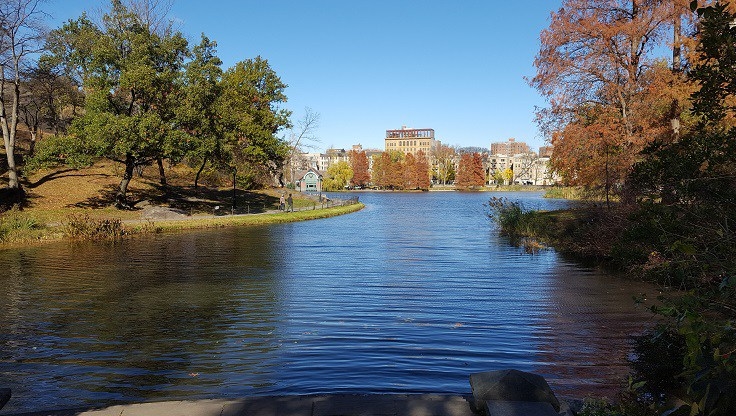Montayne’s Rivulet, the only natural water course within Central Park that was preserved and repurposed, is fed by The Pool. This artificial lake is a flooded ravine located in the northwest corner of the park near W. 101st Street. It has a naturalistic appearance that has its most colorful look in autumn.

Around this lake there are brooks flowing into it that emerge from pipes concealed under rocks to appear as springs. Prior to the development of Central Park, the rivulet has its sources across Central Park West, in the Upper West Side neighborhood.
Continue reading







